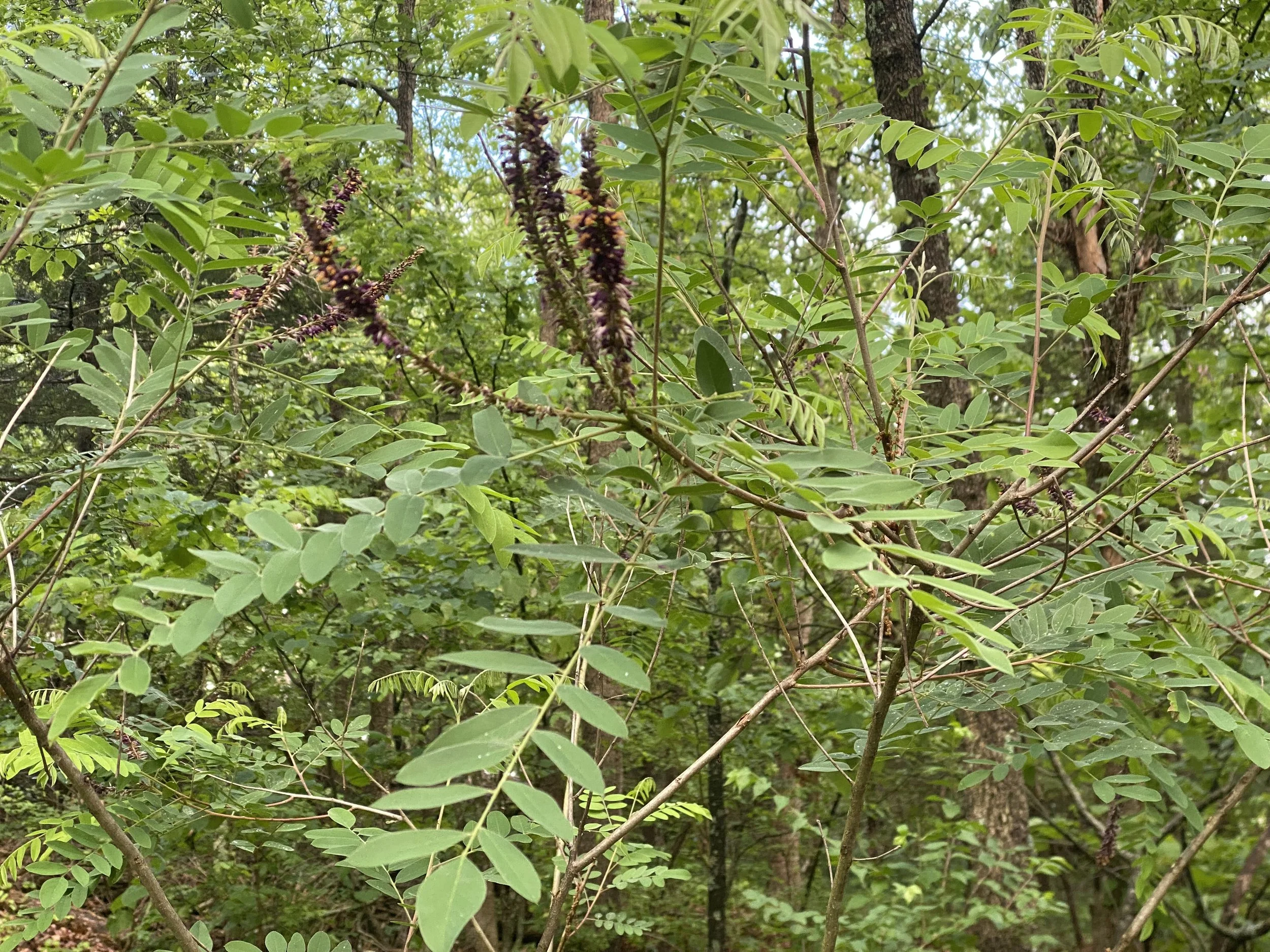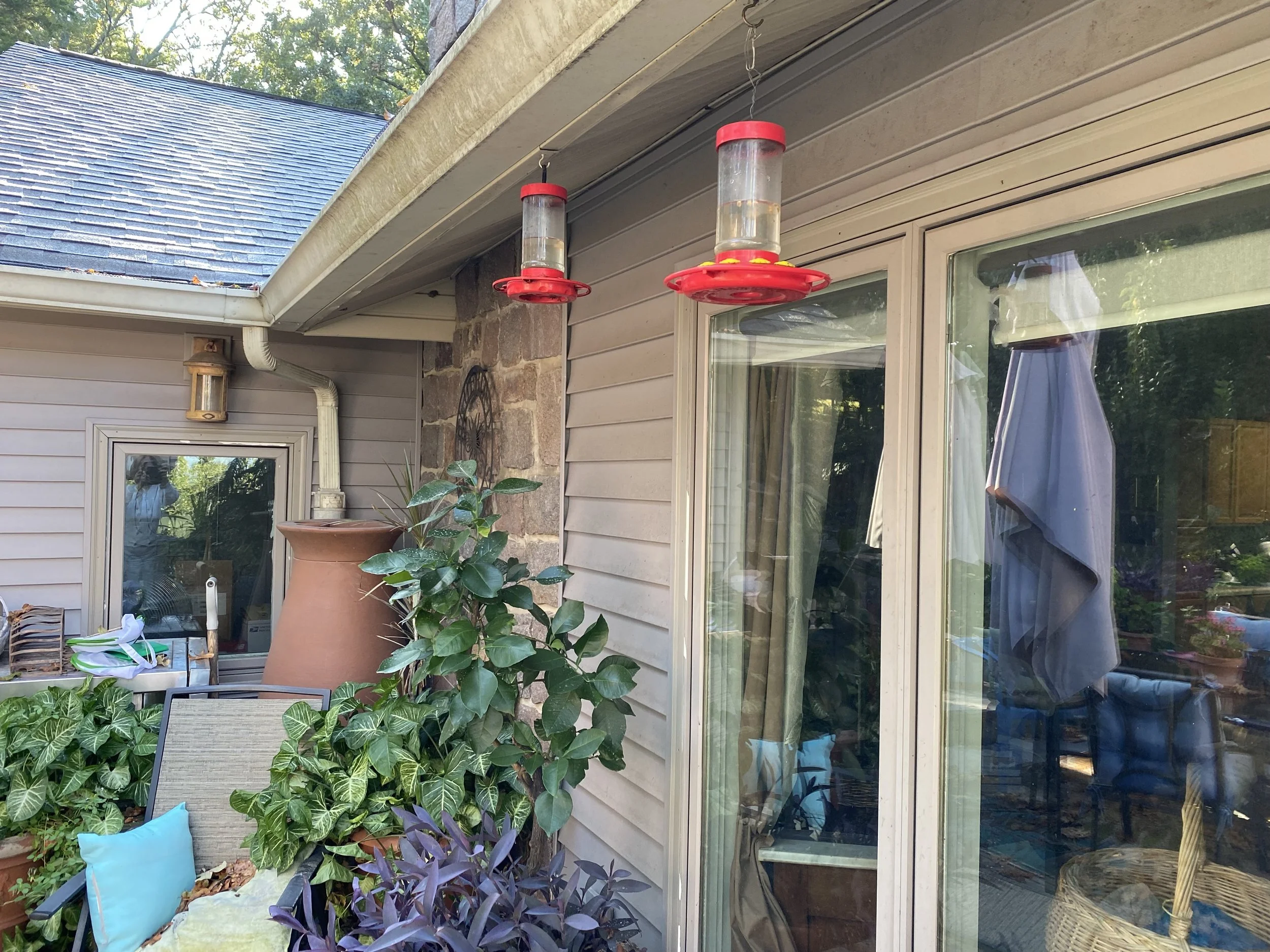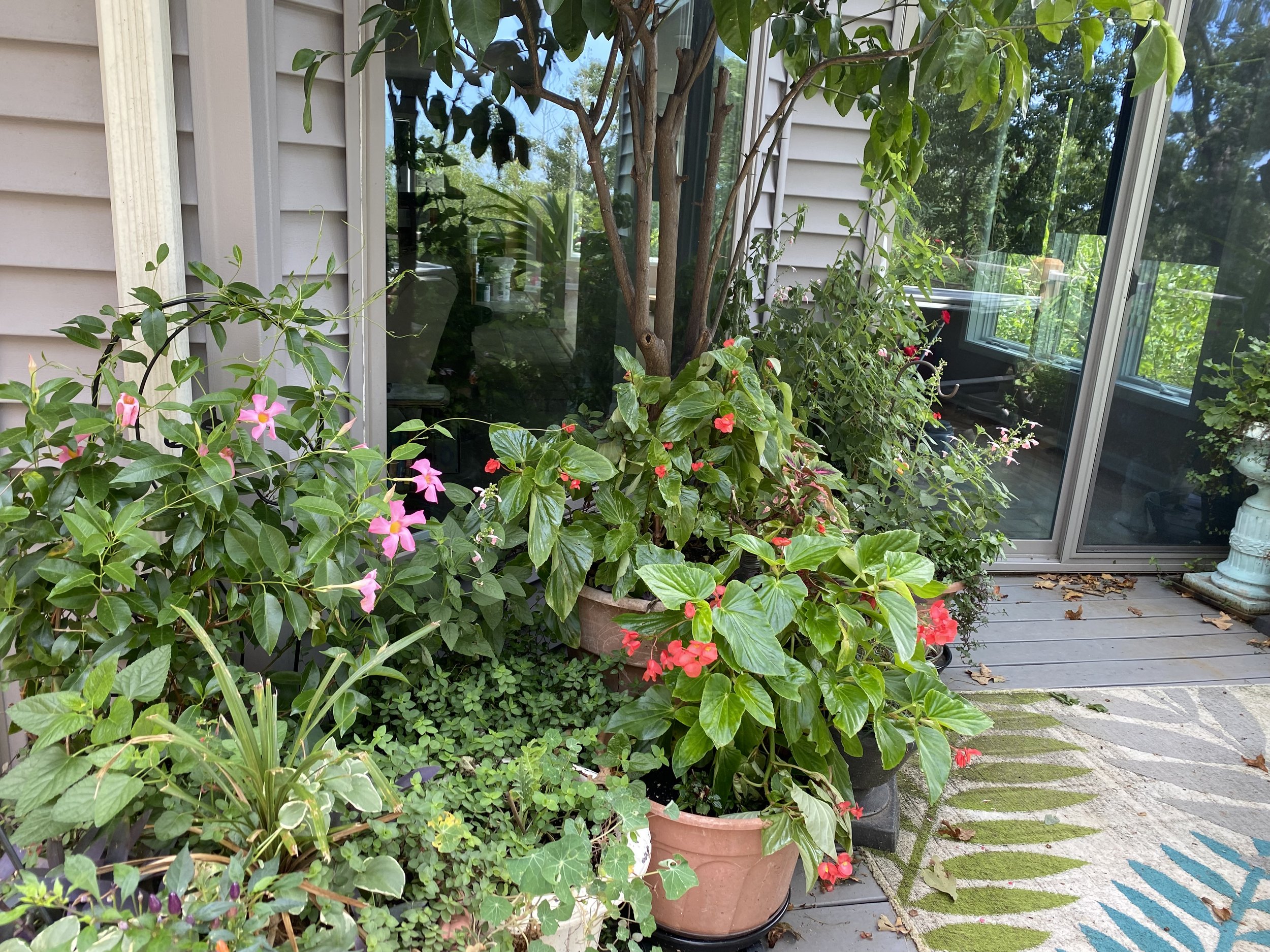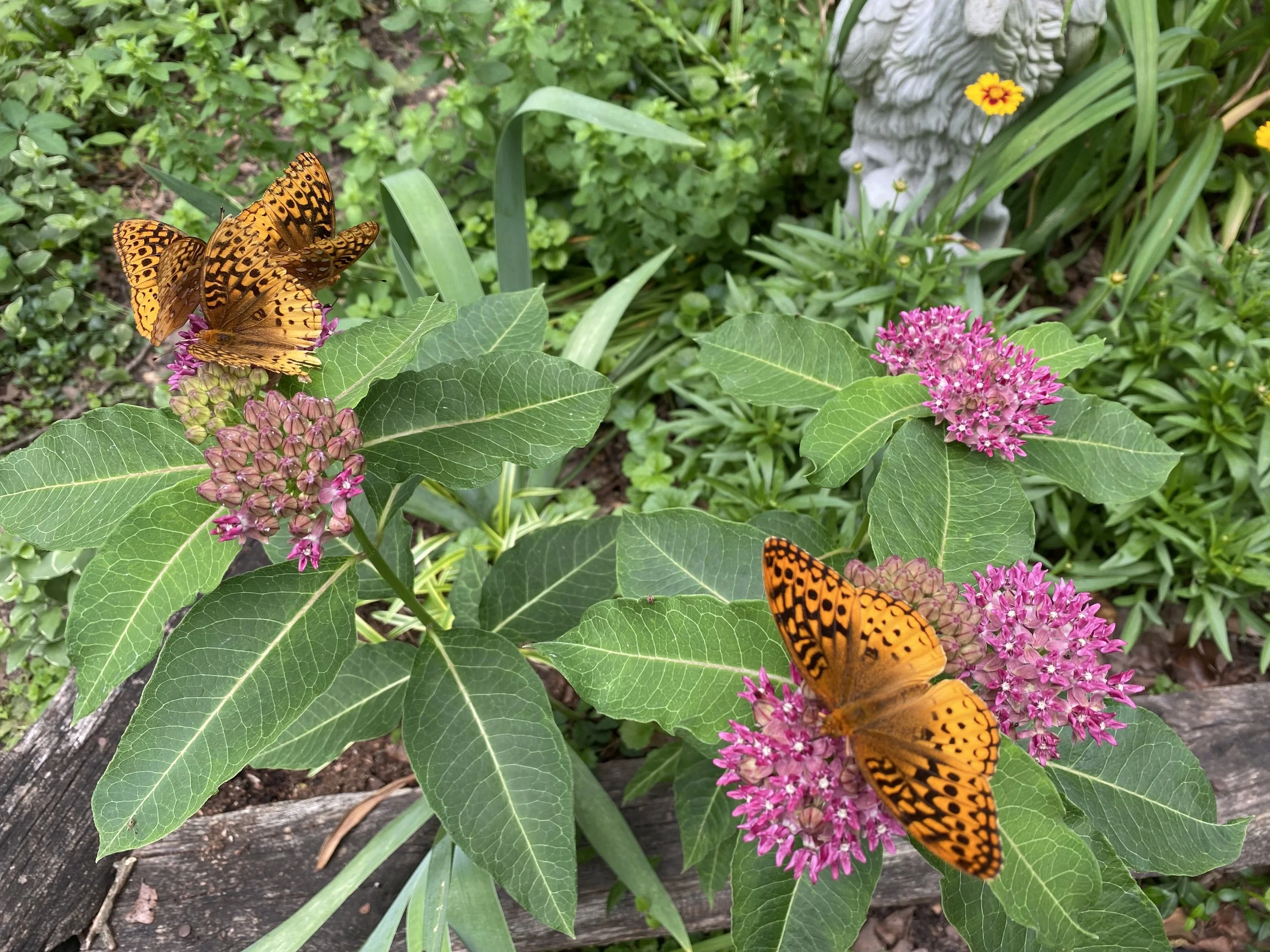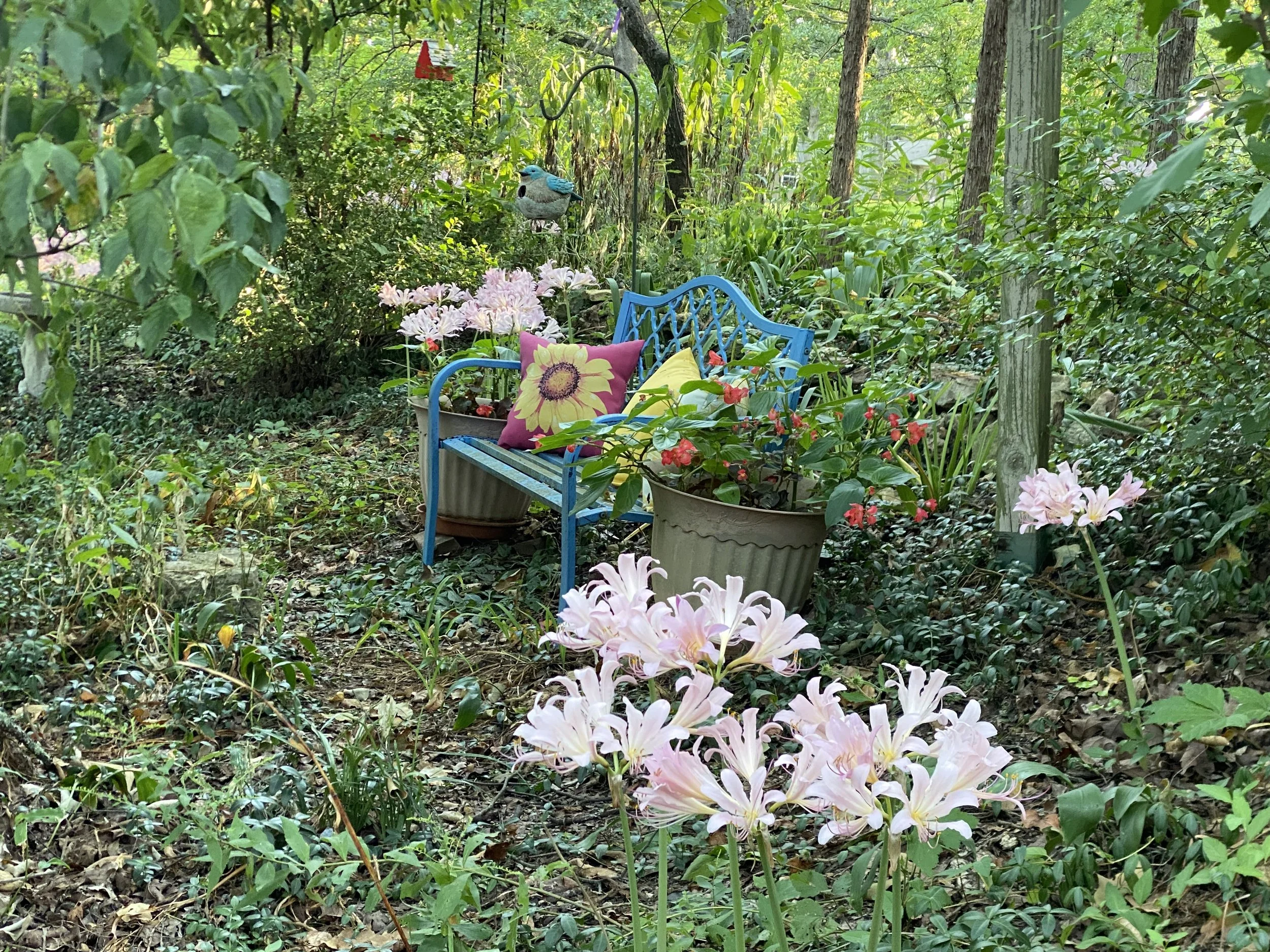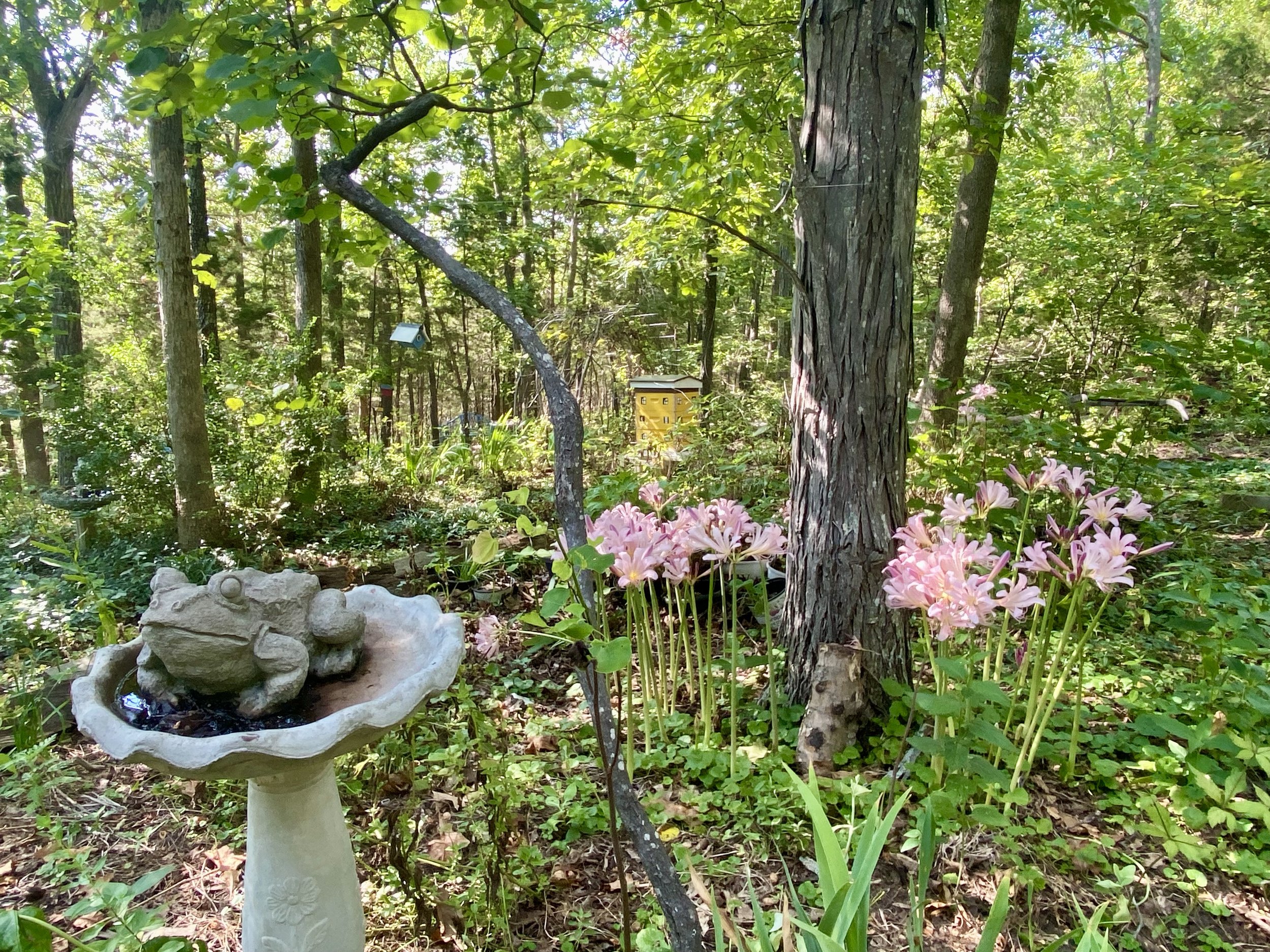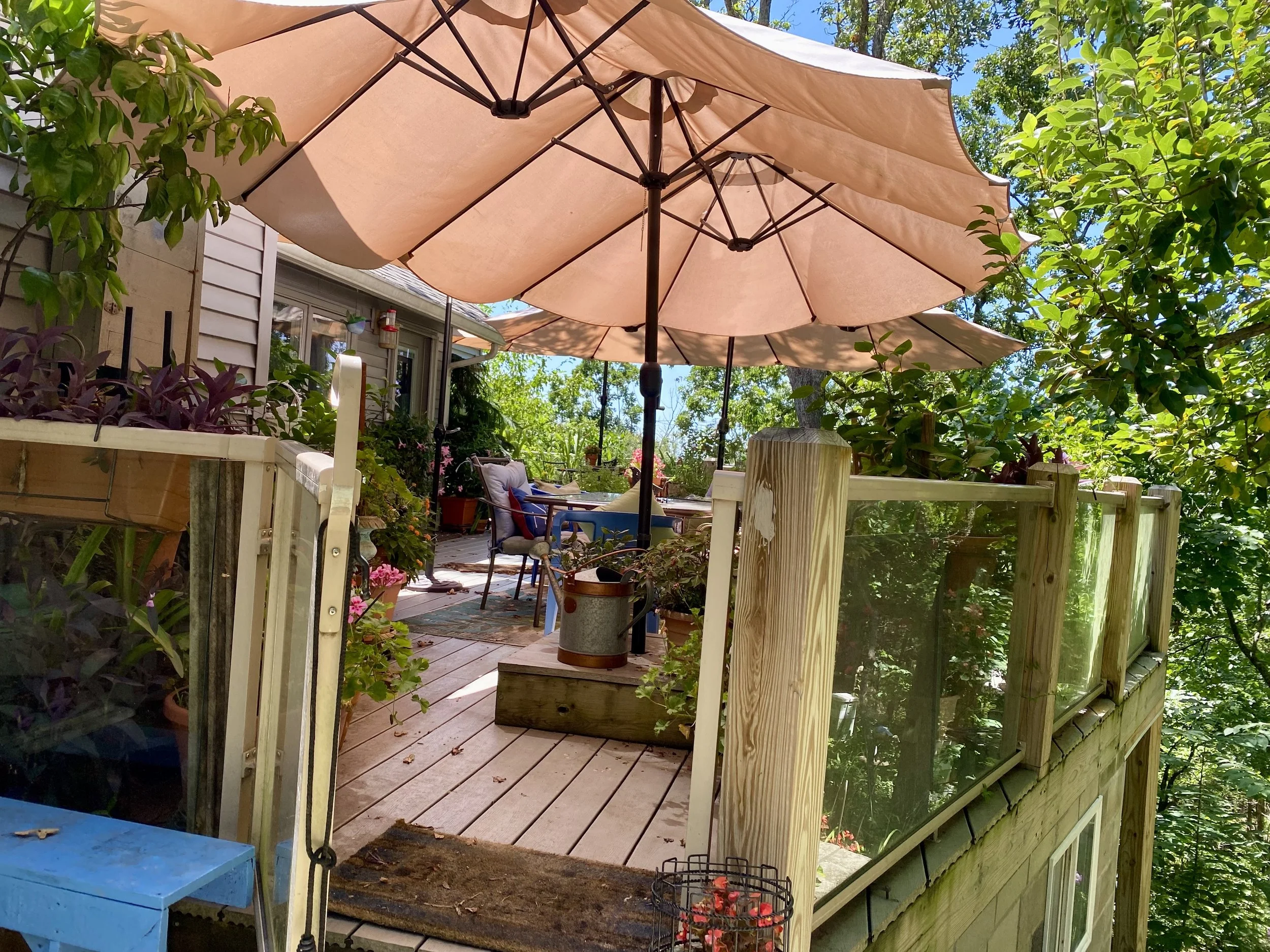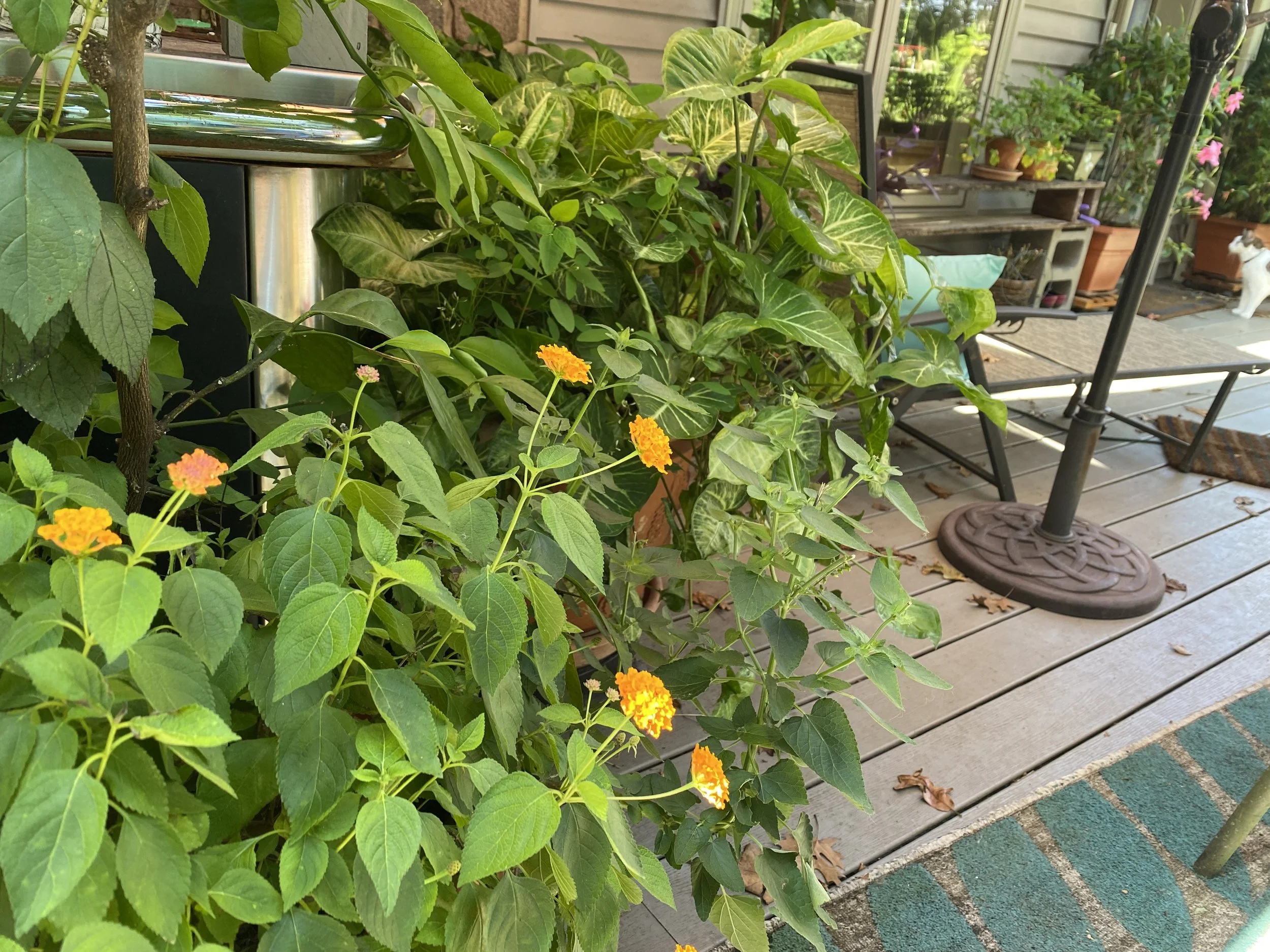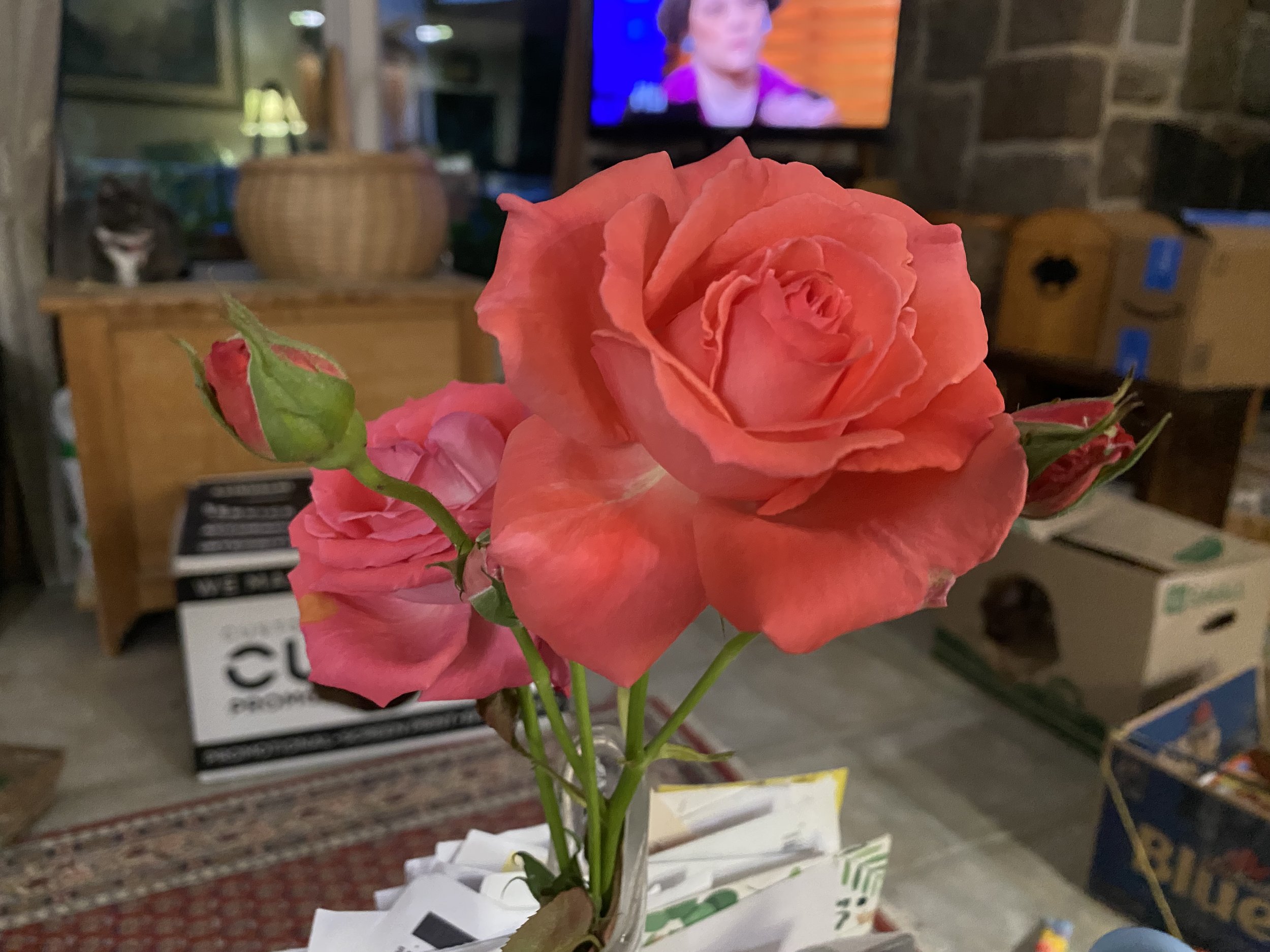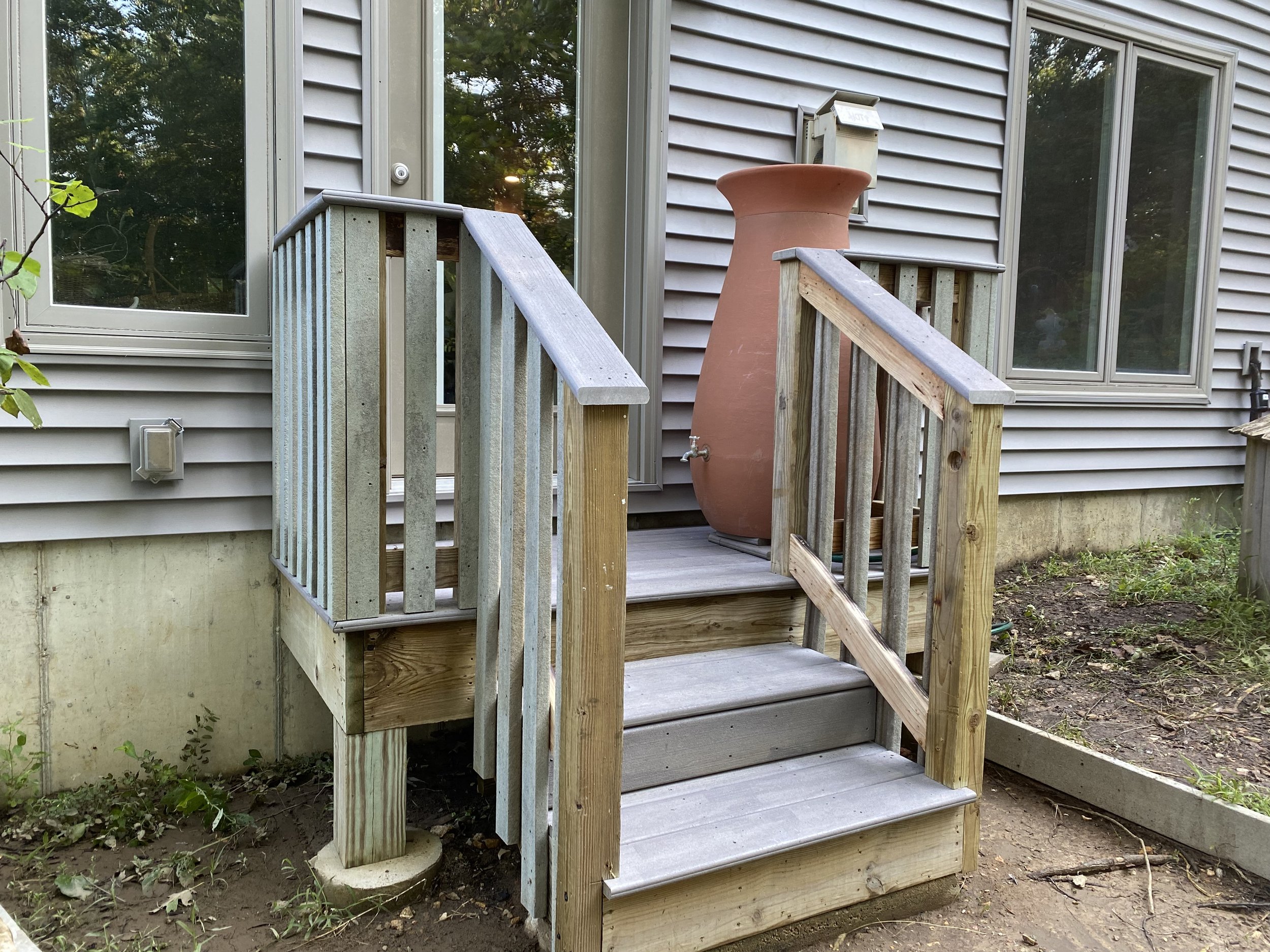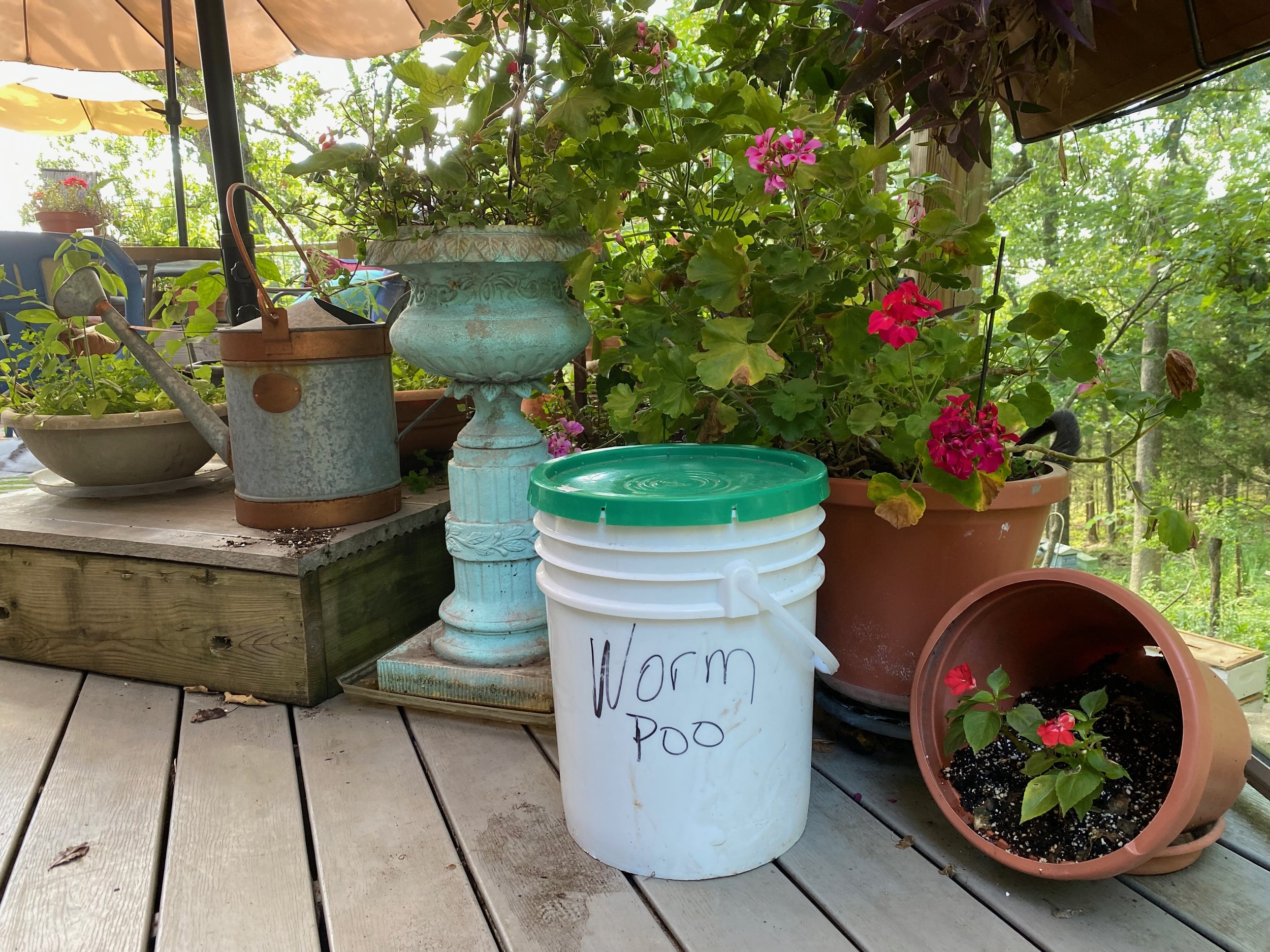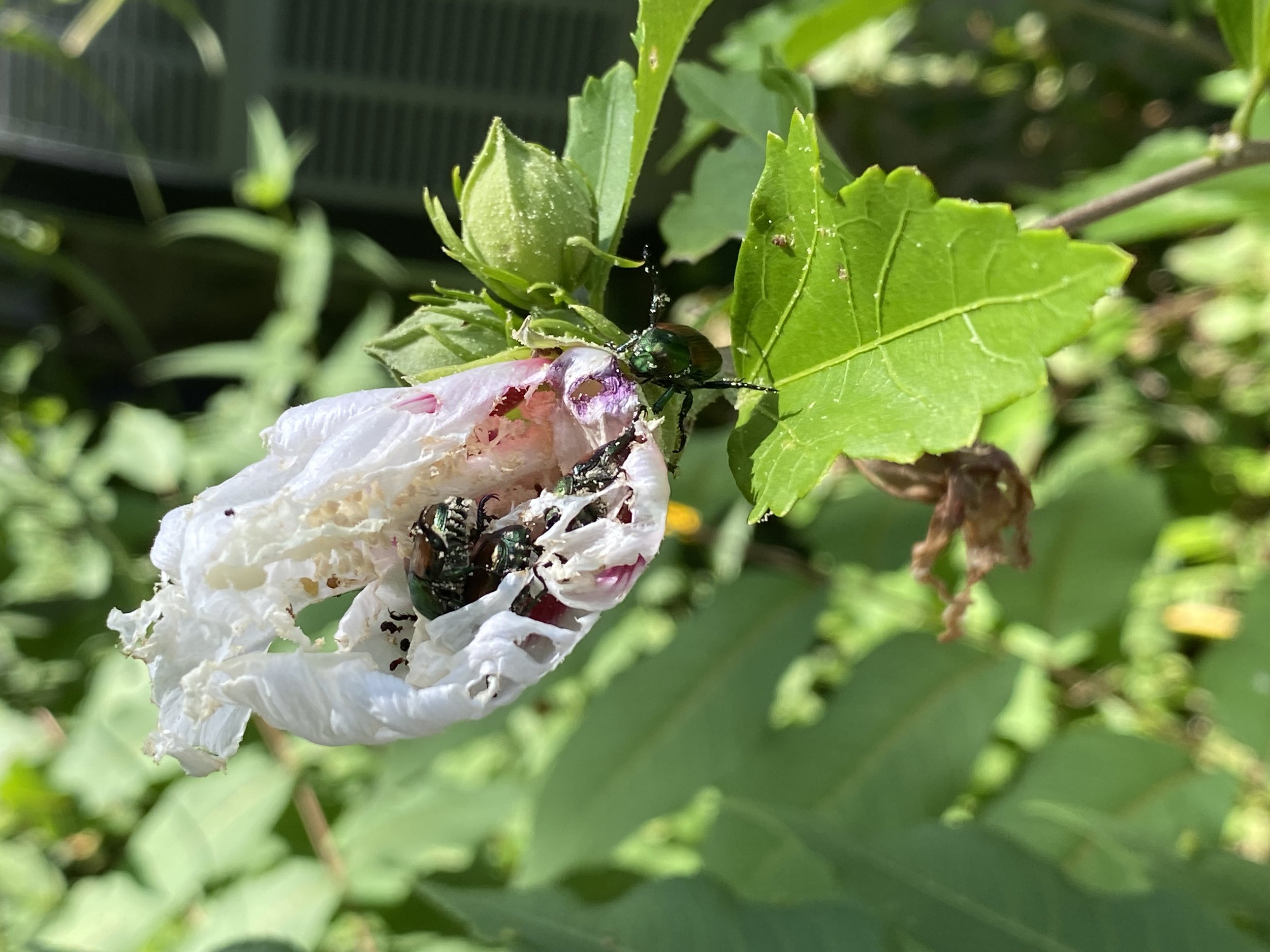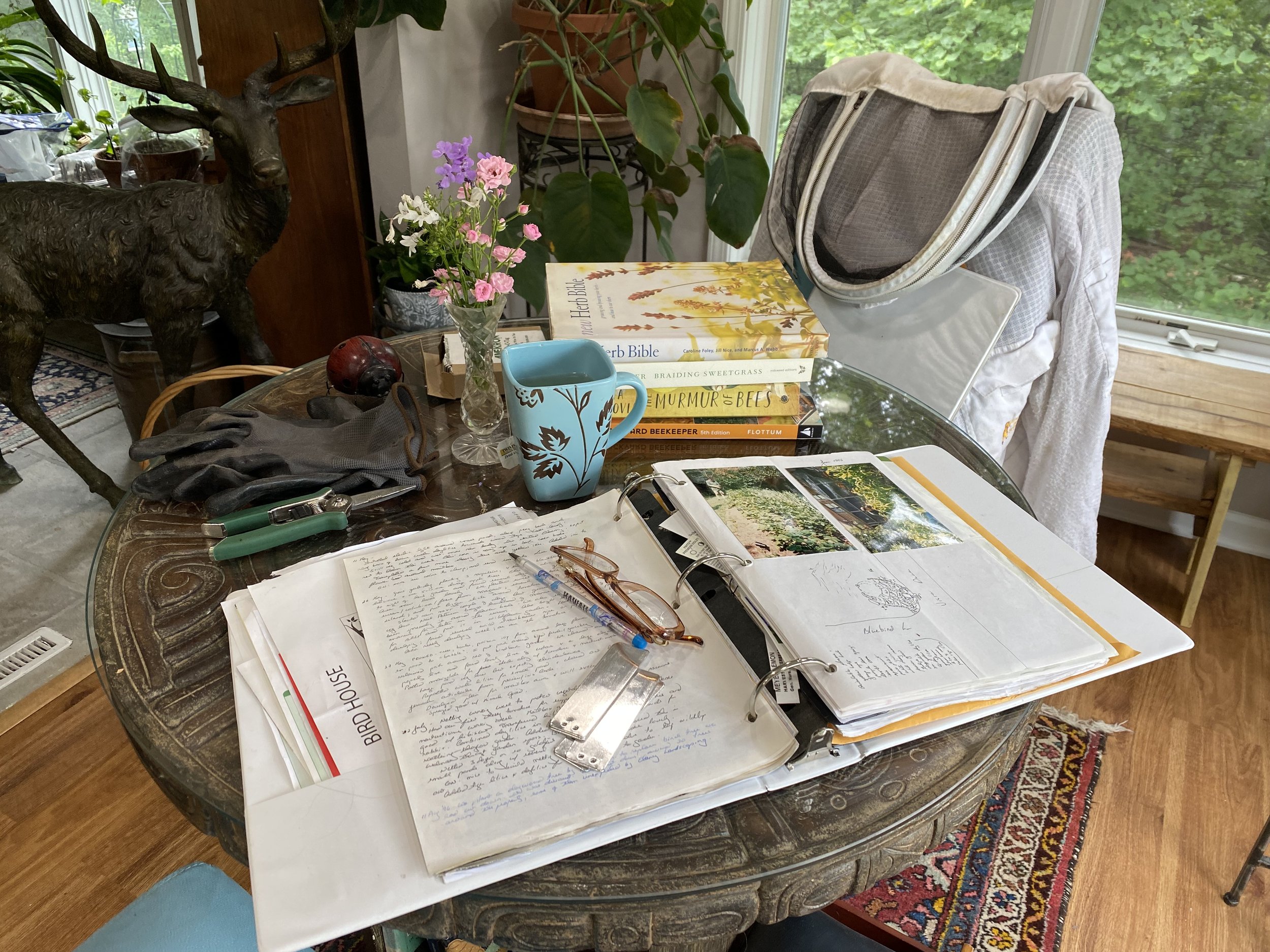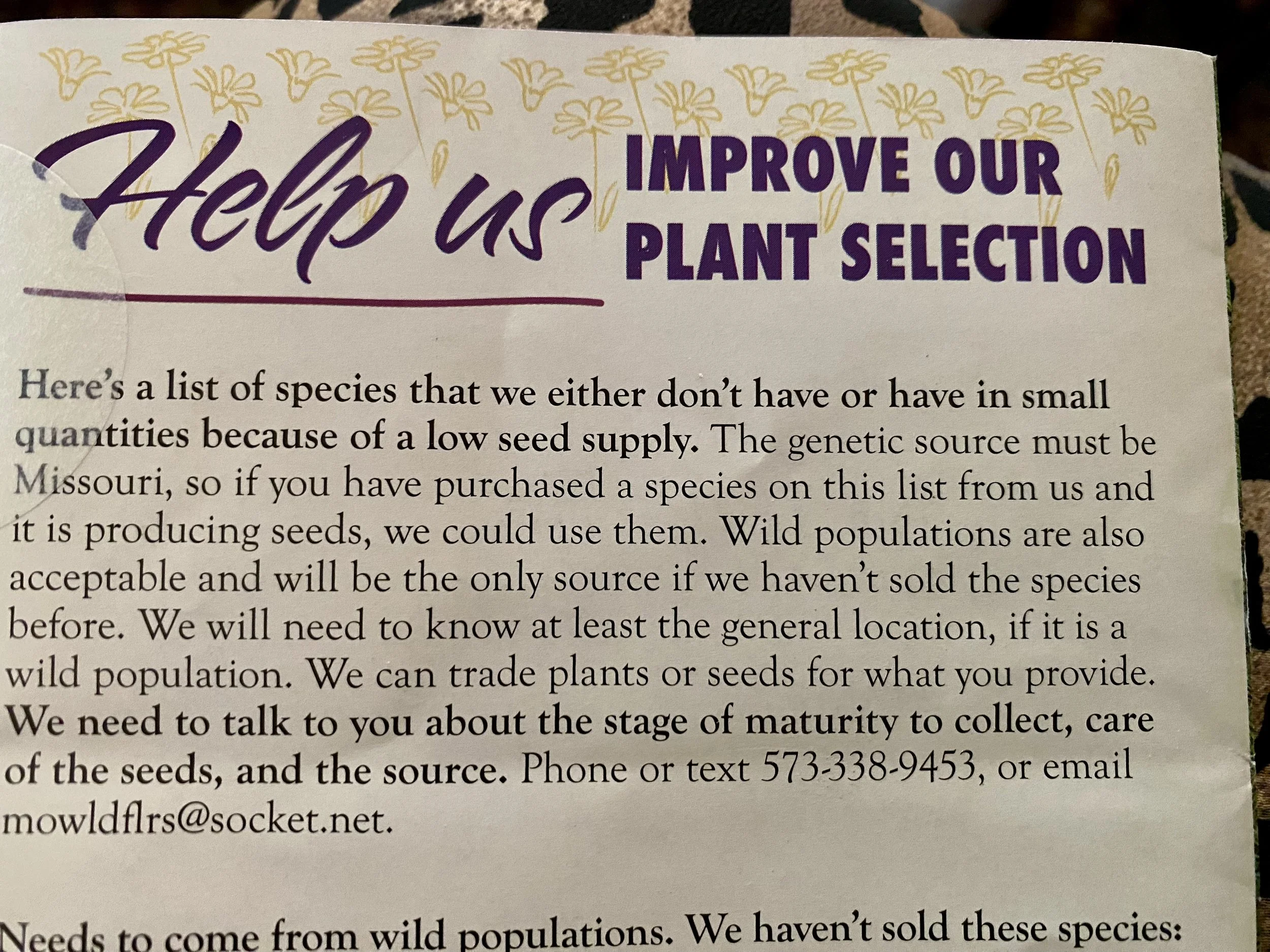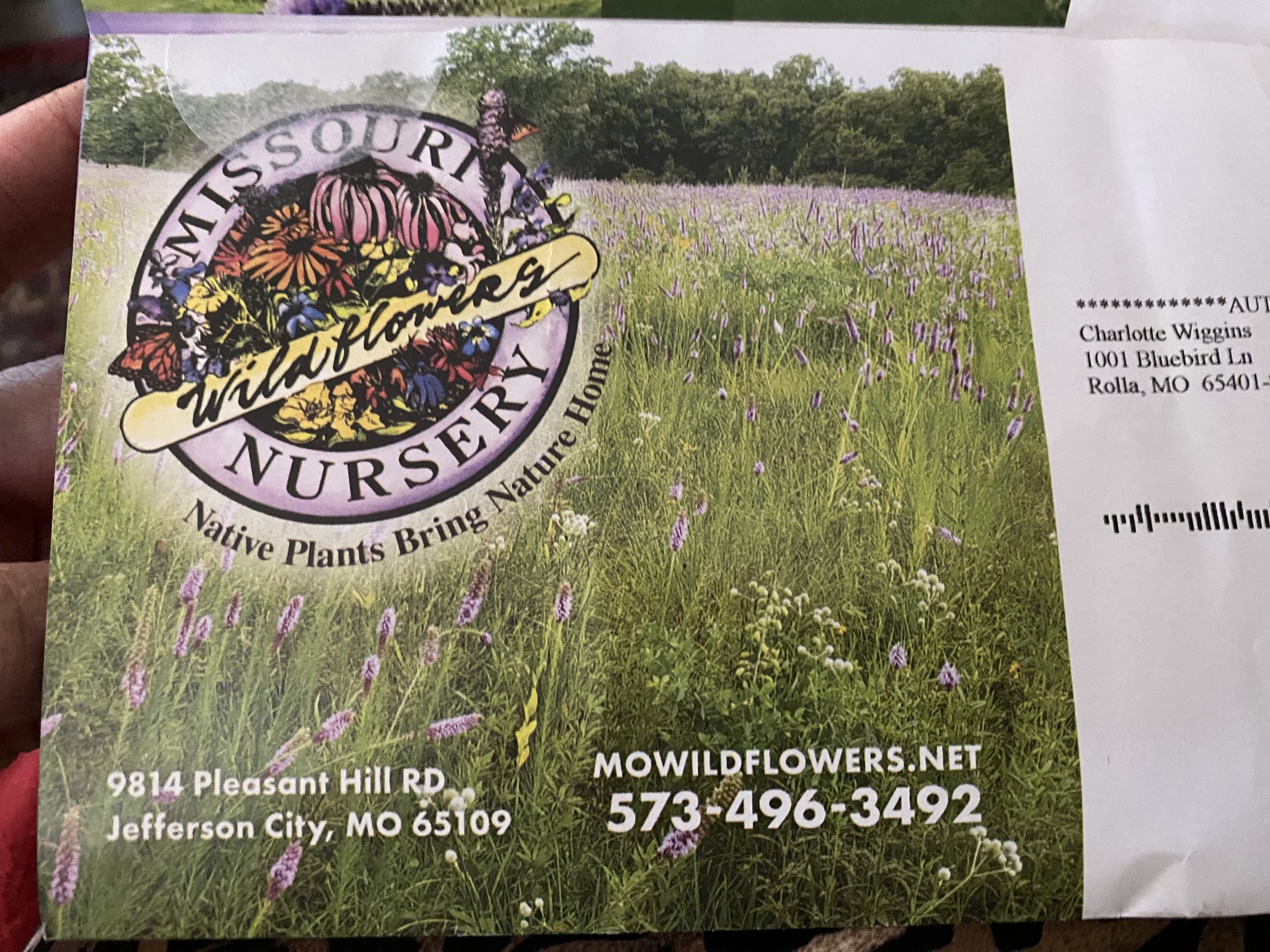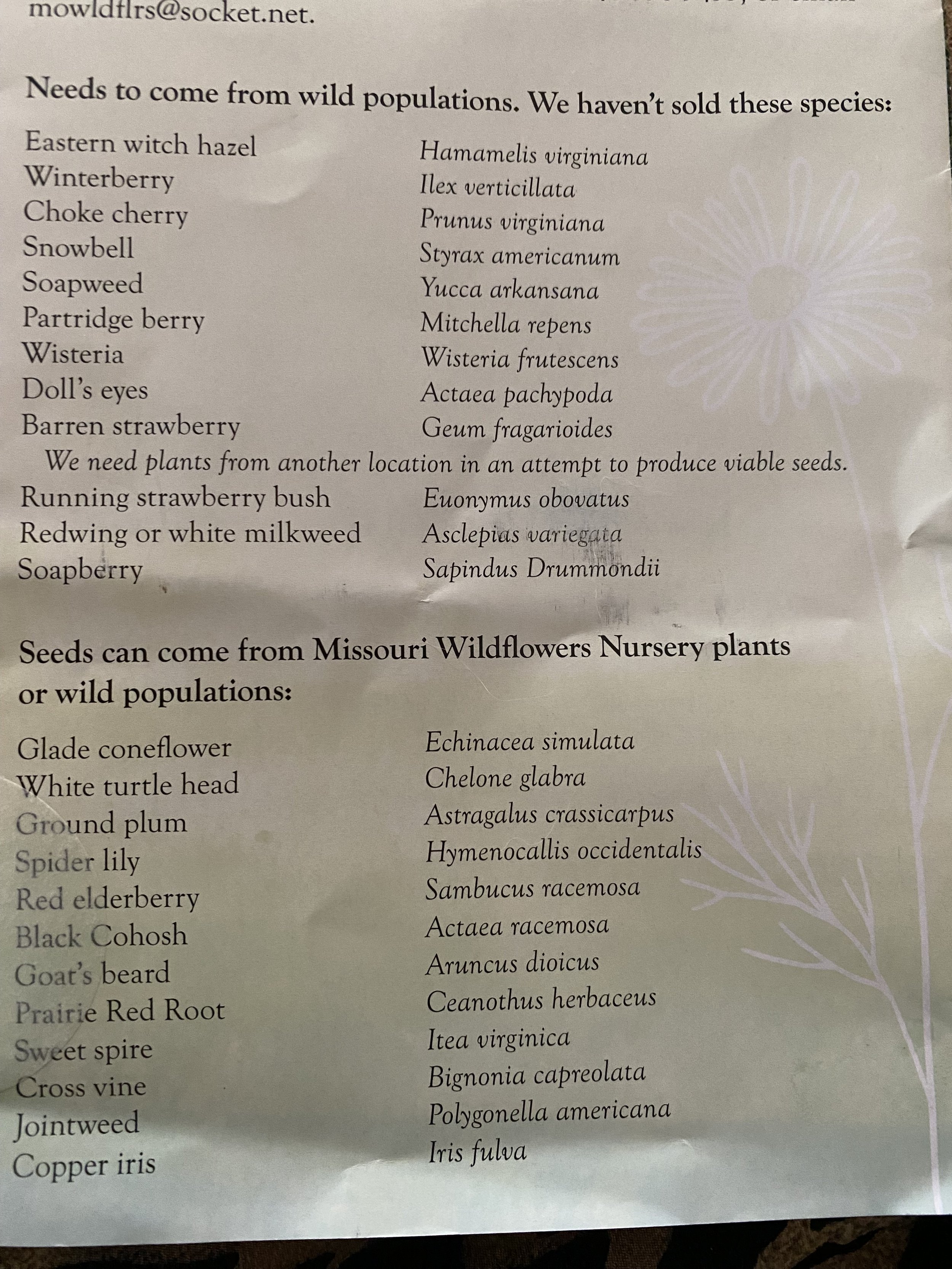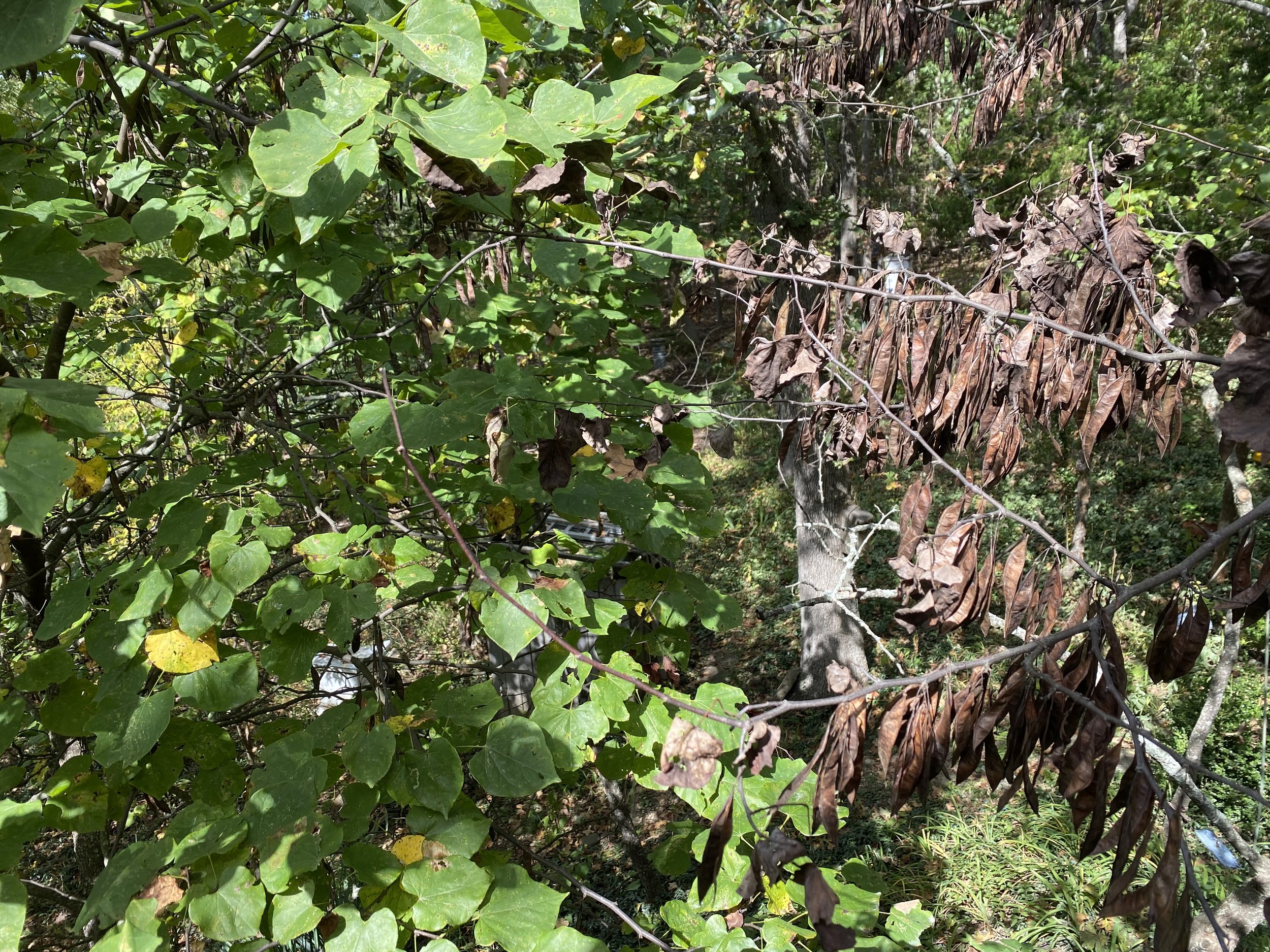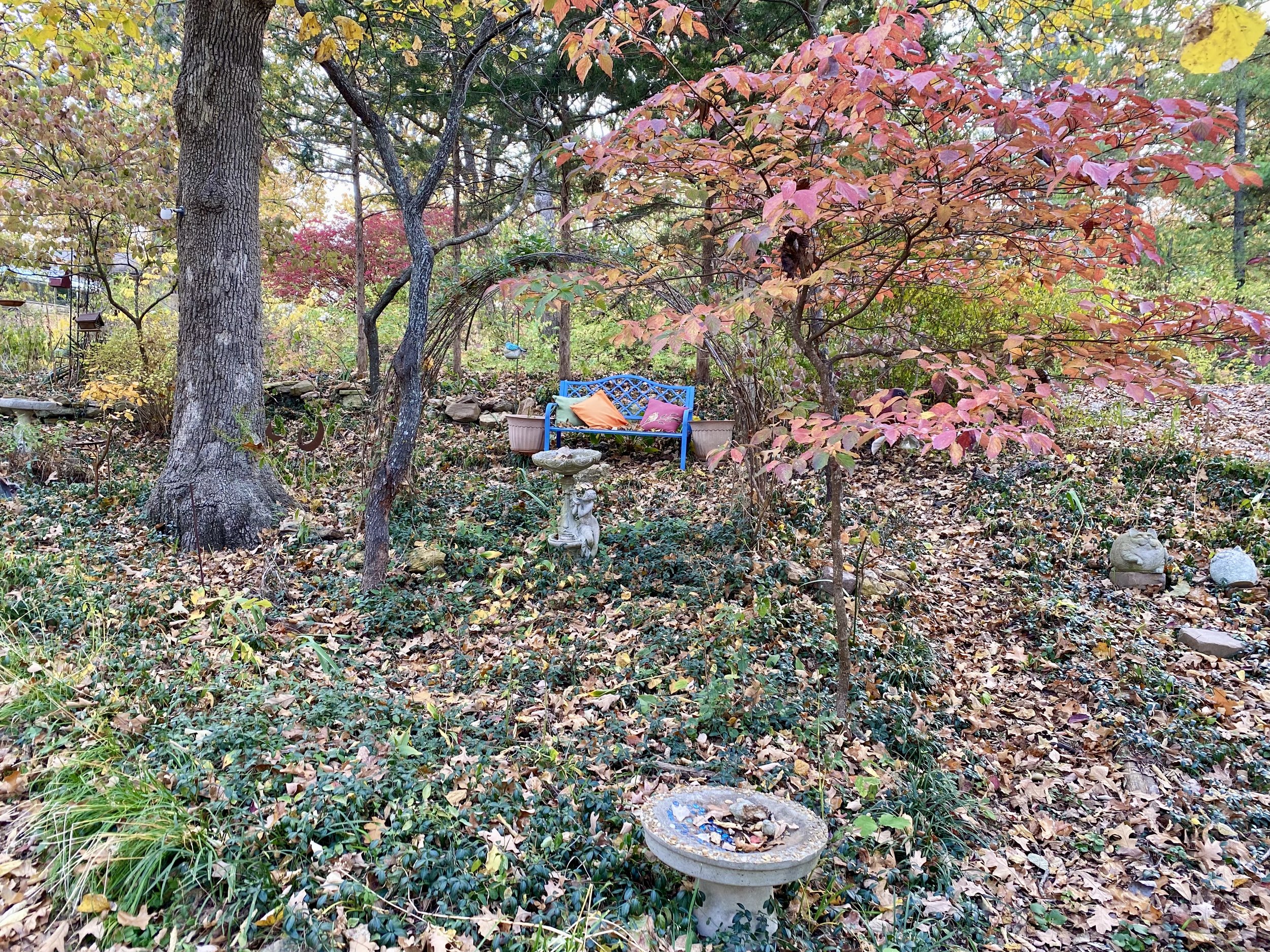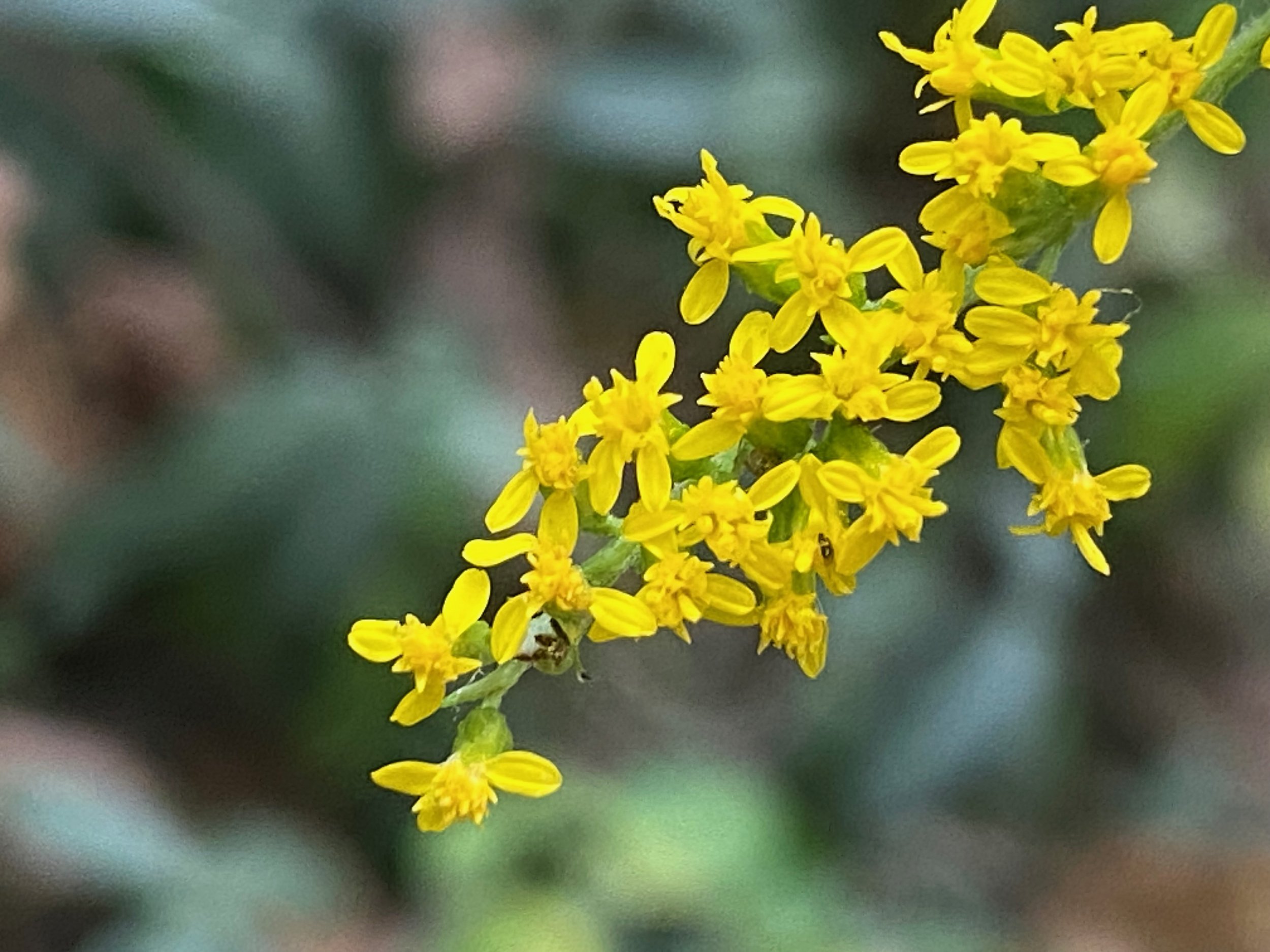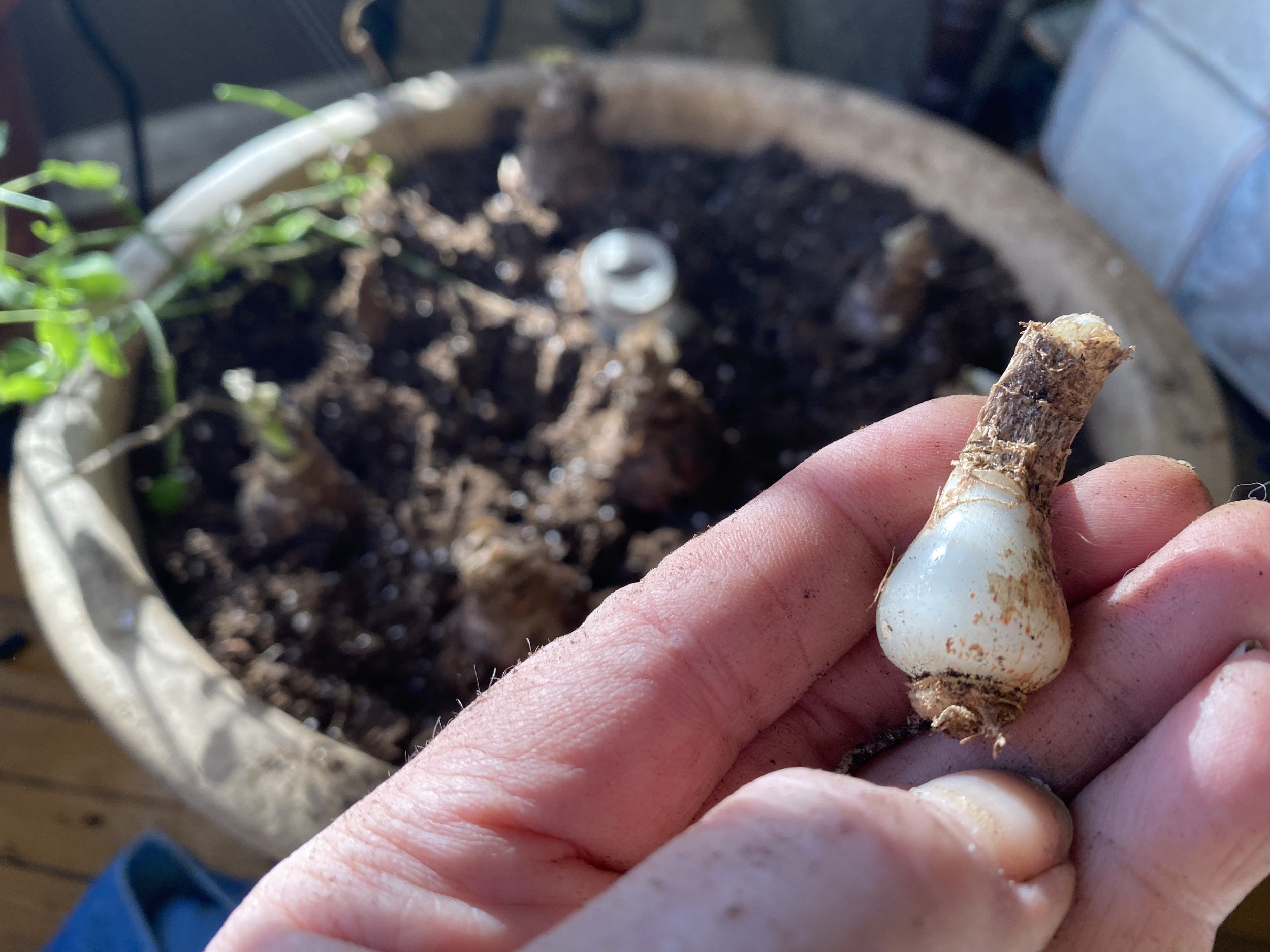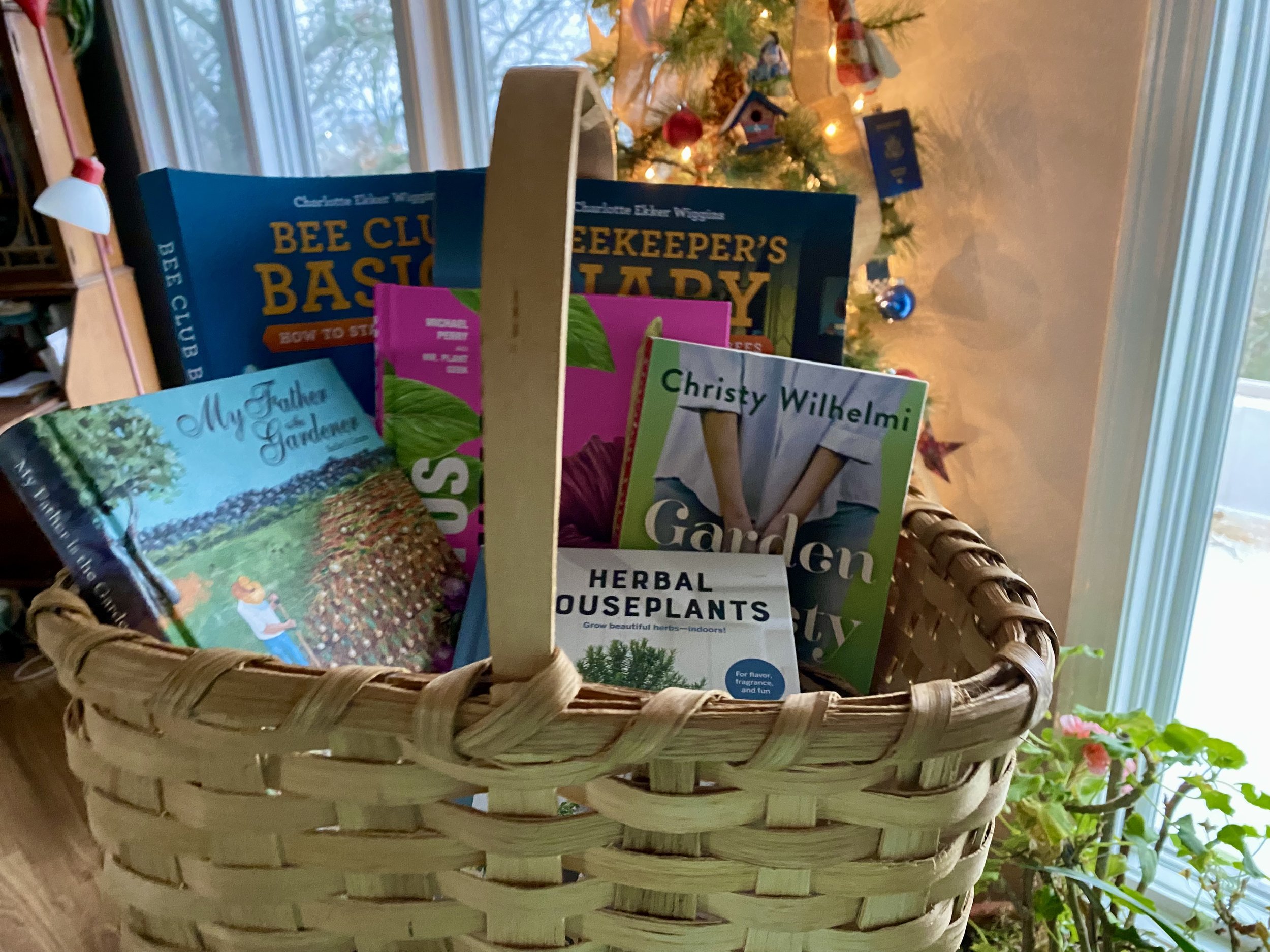Order Native Trees and Shrubs
/Order Native Trees and Shrubs
For many decades I have used a wonderful source for Missouri native trees and shrubs, the George O. White State Forest Nursery in Licking, Missouri. The state nursery has close to 70 species this year offered this year in specialty bundles.
Seedlings are available in bundles of 10 or increments of 25 per species. Prices range from 40 cents to $1.17 per seedling, plus sales tax unless tax exempt. There is also shipping fee and a $9 handling charge for each order. Missouri’s Department of Conservation, which runs the nursery, offers a 15% discount up to $20 off seedling orders with a Conservation ID Number.
Orders will be shipped or can be picked up at Nursery near Licking from February through May.
Here are the bundles of 25 seedlings being offered this year:
Pollinator Bundles includes five each of the following: false indigo, buttonbush, elderberry (cook before eating), witch-hazel, and redbud. These provide much-needed nectar for bees, butterflies, moths, and other pollinators.
Wildlife Bundles includes five of each of the following: false indigo, blackberry, smooth sumac, white oak, and Nuttall oak. These provide food and cover for a wide variety of insects and other wildlife.
Edible Bundles include five of each of the following: blackberry, elderberry (cook before eating), American plum, hazelnut, and black walnut. These provide food for both humans and wildlife.
Nut Bundles include five of each of the following: black walnut, pecan, and shellbark hickory. These species are edible for humans and are a great source of protein.
These seedlings are grown from locally-sourced seeds so you know you’re getting native stock.
I get the seedlings and pot them for a year so their roots can get established before moving them into their final location.
Can’t use 25 seedlings? Partner with a neighbor or gardening friend and split the bundle. You won’t find native seedlings for less anywhere and planting native will help pollinators.
For more gardening, beekeeping, cooking and easy home decor tips, subscribe to Garden Notes.
Charlotte

